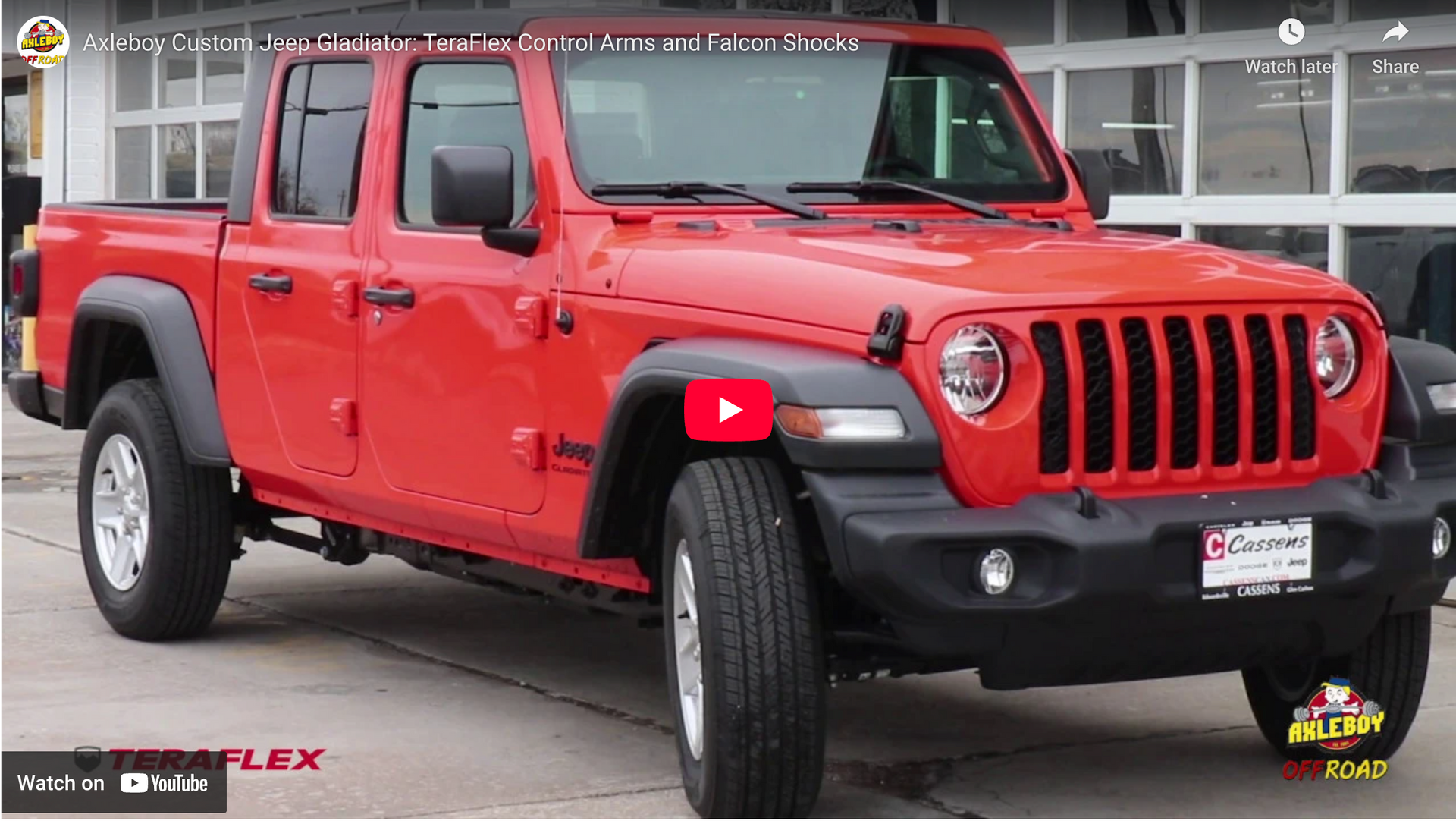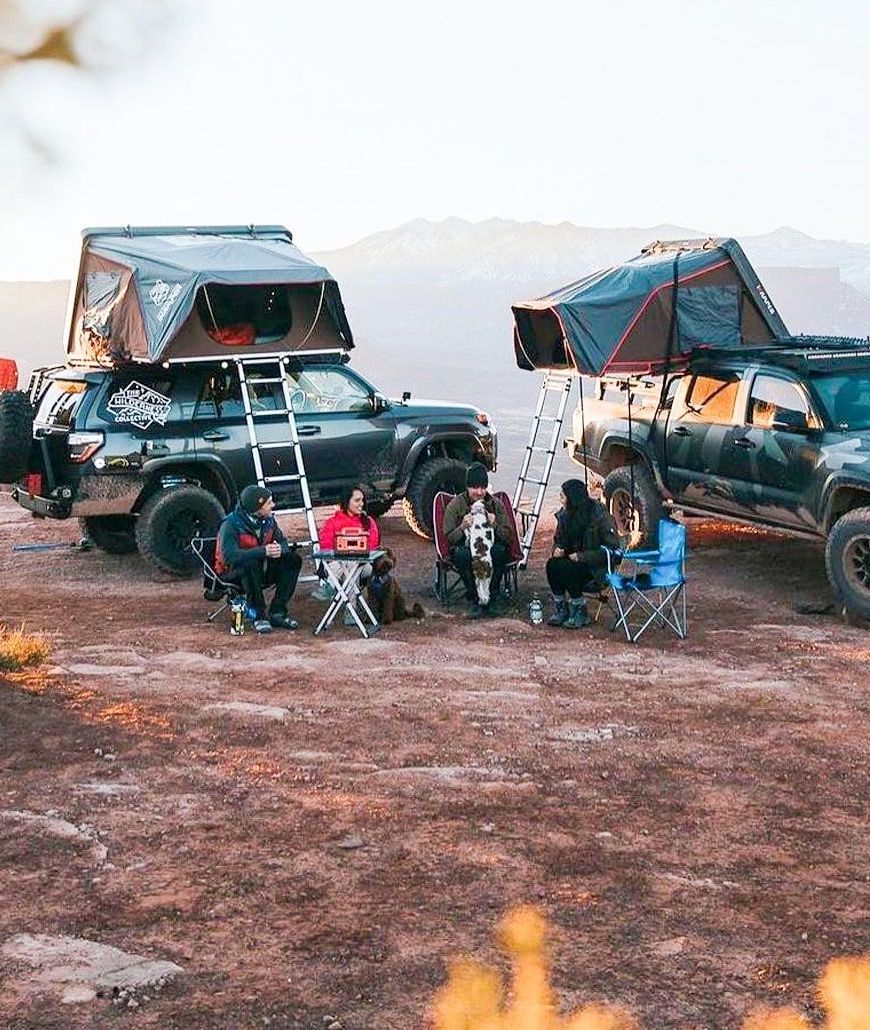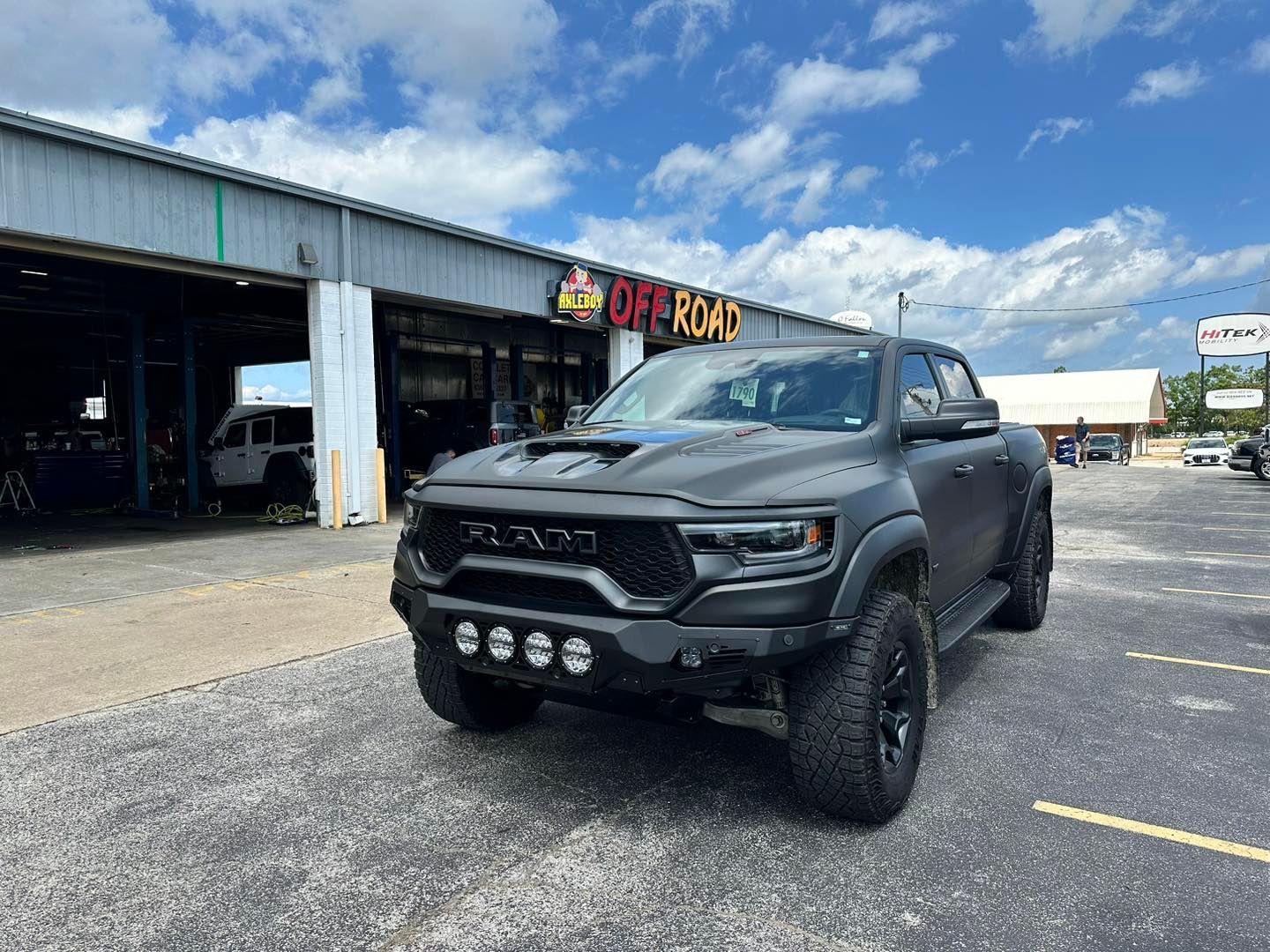A Definitive Guide to 4X4 Vehicles
When it comes to buying or building the 4×4 (also known as 4WD) vehicle you’ve been dreaming of, it’s important to know about your options. From the history of four-wheel drive to the current 4WD systems in vehicles today, there’s a lot to unpack.
We couldn’t have said it better than Wikipedia when it comes to defining four-wheel drive (4WD):
Four-wheel drive, also called 4×4 (“four by four”) or 4WD, refers to a two-axle vehicle drivetrain capable of providing torque to all of its wheels simultaneously. It may be full-time or on-demand, and is typically linked via a transfer case providing an additional output drive shaft and, in many instances, additional gear ranges.
The History of 4WD
There was once a time when 4WD was reserved only for vehicles like tractors and gun trucks that traveled primarily on off-road surfaces — specifically surfaces in France, where the 4×4 was initially created in the late 1800s.
It was a few years after that The Spyker was built. This is the first full-time four-wheel drive vehicle to be created. Caldwell Vale 4×4 trucks were introduced shortly after, boasting both four-wheel drive and four-wheel steering created by Felix and Norman Caldwell.
Around the middle of the 20th century, 4×4 vehicles saw a boom in popularity, with thousands of Jeeps being produced for use in World War II. It was also around this time that Ford created the F-series and Land Rover burst onto the scene. Over the next few decades, SUVs with 4WD hit the roads as consumers found more and more options to take their everyday drivers on or off the highways.

Different 4X4 Systems
These days, 4×4 vehicles commonly fall into four different categories: all-wheel drive (AWD), part-time AWD, part-time 4WD, and full-time 4WD.
Full-time 4WD: This system was the original iteration of 4×4 vehicles, with engine power being distributed equally to all four wheels at the same time. While these systems are capable of traveling on rugged services, they can tend to weigh down the vehicle.
Part-time 4WD: When your vehicle can alternate from 2WD to 4WD using a mechanical or an electronic switch, it has part-time 4WD. The only benefit to switching between the two is a marginal savings of fuel, but there’s no harm in leaving it in 4WD at all times.
It’s important to point out that there’s a fundamental difference between 4-wheel drive and all-wheel drive (AWD). While AWD can be used on dry pavement, 4WD requires a slippery surface so that the front and rear ends can match speed. If your 4X4 has the option for two-wheel drive or four-wheel drive, it’s a smart idea to keep it in 4WD mode all the time on and off the road.
There are also part-time and full-time all-wheel drive systems similar to their 4WD counterparts. In some situations, AWD is much better in performance situations than 4WD but it depends on the vehicle type and size. This helps to clarify the difference between 4WD and AWD:
Here’s a comparative analogy for understanding the similarities and differences between all-wheel drive (AWD) and four-wheel drive (4WD): Miller Lite is to tequila as all-wheel drive is to four-wheel drive. Both are meant to an end, but while beer and all-wheel drive are acceptable for everyday use (never at the same time, of course), tequila and four-wheel drive should be reserved for special occasions, when you need something stronger.

Beefing Up Your 4X4
Once you know more about 4X4s and you’ve settled on the vehicle you’ve been dreaming of, it’s time to visit our team of professionals to add modifications and enhancements that will take your vehicle to the next level.
As Missouri’s 4×4 go-to guys, we are constantly studying the latest trends and researching new-product manufacturers because we own the responsibility of providing our clients with the highest quality parts and most dependable service. To maintain that quality reputation, we have filled our shop with state-of-the-art equipment and the best mechanics in the midwest — contact us today to get started!
The post A Definitive Guide to 4X4 Vehicles appeared first on Axleboy Offroad - St Louis.
More Posts From Our Blog











